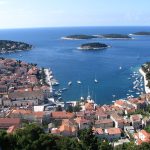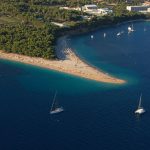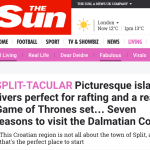Following the premiere of our alphabet series we launched last week, we’re looking at some items starting with B…
Bura
The alpha and omega of all words starting with B. Tied with jugo in a fight for the first place on the list of Adriatic winds, bura would probably win. It’s a strong northern wind that can easily woosh past the 200 km/h mark, especially around the towns of Senj and Karlobag, the Sveti Rok tunnel and the Maslenica Bridge near Zadar. Bura is a natural force that’s not to be messed with – once it decides to play up, highways and bridges get closed for traffic, sailing is out of the question, and the local roads curving along the coast get whipped by incessant, cruel gusts. Getting out of the car is next to impossible, walking around even more so.
All that aside, after a couple of days of the southern jugo wind messing with your head and crushing your blood pressure to rock bottom, you’ll be happy to wake up to bura – crisp, clean and fresh. Oh, and that laundry that’s been piling up for days will finally get a chance to dry in no time.
Boatbuilding: Betina & Batana
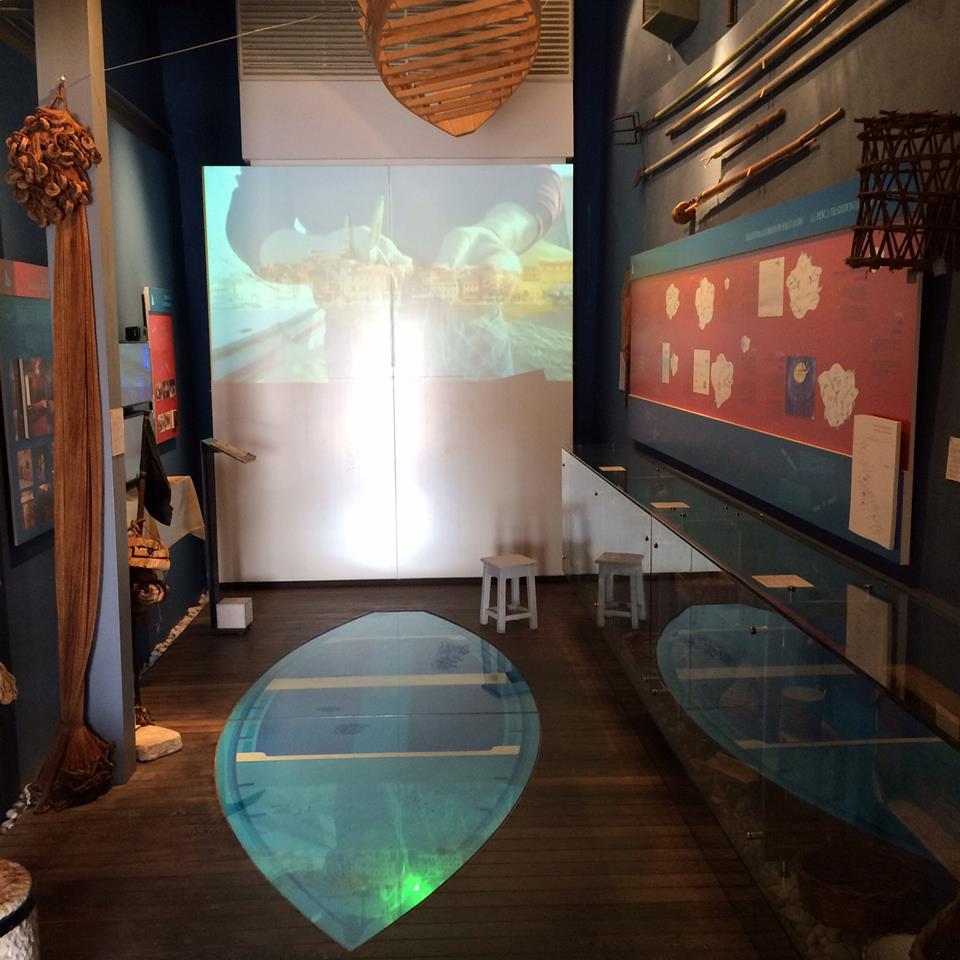
B hattrick! If you want to learn about the history of traditional shipbuilding, you have two fantastic venues to choose from: the Batana Eco-museum in Rovinj and the Museum of Wooden Shipbuilding in Betina town on Murter island. Both places will provide a great introduction into boat building techniques our ancestors passed down for generations; traditional wooden boats were used for fishing, commerce and transport. Betina town is one of few remaining places on the Adriatic where traditional shipbuilding still thrives, but the old masters of the craft in Rovinj will also be glad to take you through the process. Each town is known for a different type of vessel: Rovinj has its batana, while Betina has gajeta, both protected as intangible cultural heritage by the Croatian Ministry of Culture.
Brijuni
Located northwest of Pula, the Brijuni islands are famous for three things: they are a National Park, they house the former summer residence of Josip Broz Tito, and they are nowadays used as an outdoor venue for the Ulysses theatre founded by actor Rade Šerbedžija. The archipelago is composed of fourteen islands, the biggest two being Mali and Veliki Brijun. The islands first became famous at the end of the 19th century when the Austrian business magnate Paul Kupelwieser bought the entire archipelago and built a health resort, including hotels, restaurants, cafés, pools and other facilities we’d label as wellness these days. In 1945, Tito made the islands his summer residence; after his death in 1980, the Brijuni were declared a National Park in 1983. They house a plethora of cultural heritage and natural wonders, ranging from the remnants of ancient Roman villas to a safari park. How about a visit? Learn more here.
Blitva
Apart from being very fun to pronounce (try it – bleet-vah), blitva is the concise Croatian way of saying ‘Swiss chard’. One of the most beloved side dishes in Croatia, this extremely popular vegetable is considered one of the foundations of Dalmatian cuisine. It’s not exclusive to our warmest region, of course, but even here on Kvarner and in Istria, when discussing what to have for lunch, we’ll often say we’ll be preparing blitva the Dalmatian way. Mixed with diced boiled potatoes with just the right amount of olive oil and garlic, the appetising dish is a perfect addition to all kinds of main courses, meat and fish alike. It’s fulfilling but light on your stomach, and no proper meal in Dalmatia can pass without some blitva on the side. Make sure to try some!
Bakalar
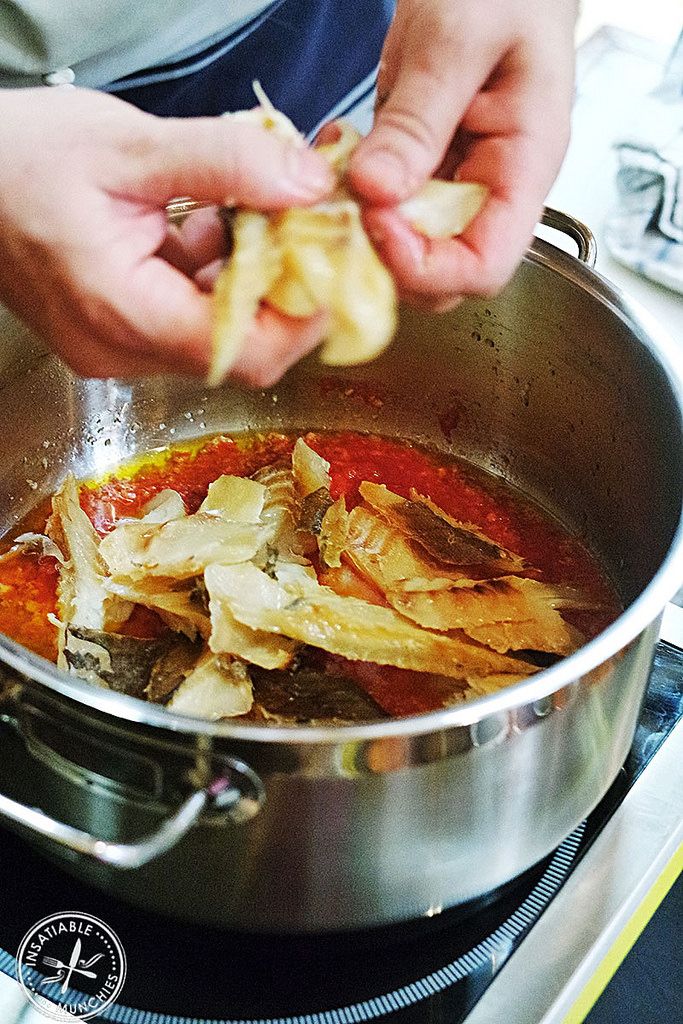
You know what pairs well with blitva? A nice, chunky piece of cod fish. We call it bakalar in these parts, and just as many other types of fish you can find on the Adriatic, it’s a versatile ingredient you can get creative with. You can bake it, roast it, make soup, make a stew (see brudet below), or opt for the most popular way – bakalar na bijelo, ‘in bianco’. Dried and salt-cured cod is soaked in cold water for a couple of days to tenderise, then cooked, shredded and mixed with oil and seasonings until you get a rich, creamy pâté. It’s perfect spread on a slice of bread… or scooped with a spoon and gobbled up shamelessly. No regrets.
Brudet
Now I got myself stuck thinking about food – this is the last cuisine item, I promise, then I’m off to eat something before this turns into a gourmet alphabet. Brudet (pronounced broo-dette) is a fish stew made along the Croatian coast in Istria, Kvarner and Dalmatia. There is no recipe for a perfect brudet everyone would agree on, but that’s what makes it such a seductive dish: no matter how many brudets you have, you’ll always come across new flavours… and the next one just might blow your mind. You’re free to add potatoes, tomatoes, various spices and a line of other ingredients, as long as fish remains the foundation, be it a single type or a combination of multiple. The regular favourites are conger eel, grouper, mullet, pelamid, tuna and cod, making for a hearty broth with soft, luscious pieces of fish sure to melt on your tongue. Okay, off to lunch now.
Brela
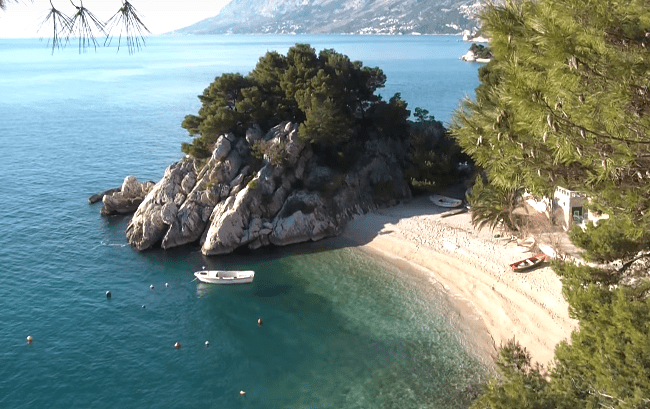
Beaches would be too obvious an item to include in this B feature, so we’ll focus on a specific example. In the impressive portfolio titled ‘Beaches in Croatia’, picking the most beautiful contenders would be virtually impossible, but if we dared to try and select a couple of favourites, Brela on Makarska riviera would surely make the cut. The most famous beach in Brela, Punta Rata, looks like a piece of paradise right out of a postcard, and the European Parliament recently published a video recommending Podrače beach in Brela as one of three locations in Europe with crystal clear water you’ll want to dive in this summer. The mayor of Brela also made a couple of good moves in order to make the holiday experience better for all visitors.
Break Time Nautical

If you’re here on holiday, you’ll probably want to get some souvenirs to remind you of the fab time you had in Croatia. Here’s a piece of advice: skip the trashy ‘made in China’ magnets and aim for something a bit more authentic, like the nautical-themed bracelets made by Break Time Nautical. Their shops in Split and Dubrovnik are little treasure troves of colourful jewelry that’s made from top-quality materials; the keepsake of your Adriatic adventure will stay with you for years, and you’ll also get karma points for supporting a local business. The shops are just brimming with good vibes – a couple got engaged at the store in Split, and the owners also took in a stray cat and are now looking for a loving home for miss Xo. An all-around positive place!
Brač stone
There’s no point on talking about Brač in general, as you’ve certainly heard about this gem of an island before. The Golden cape beach located in Bol town may be one of the most iconic images in the history of Croatian tourism, but the island is packed with gorgeous beaches everywhere you turn, along with charming historic villages and attractive cultural events taking place throughout the summer. But all of that is just a click away – let’s put something more specific in the spotlight. Heard about Brač stone? There are multiple excavation sites on the island where the blindingly white stone has been mined since the ancient times, and then used for construction in Croatia and abroad. You might know about a couple of architectural projects where the stone from Brač played its part, such as cathedrals in Trogir and Šibenik, Diocletian’s Palace, and parliament buildings in Budapest and Vienna. Oh, and the White House. Yes, that White House. The most active quarry nowadays is that near the town of Pučišća, where you’ll also find a stonemason school whose halls and courtyards are filled with mindblowing works of the skilled students. Take a look around in this article.
Bitter end
Last item – see what I did there? Speaking in nautical terms, a bitter end is the end of the rope tied to a bitt, the metal dock found on piers; it’s also the term used for the inboard end of an anchor chain secured in the chain locker of a vessel. However, things can veer into quite a literal territory here on the Adriatic, where multiple unfortunate boats met their bitter ends this summer. Some had mechanical mishaps, some had irresponsible owners. Masts crashed into bridges, boats burned down. Remember to take safety precautions before you set off for a sailing adventure; spare yourself a bitter end and aim for a happy ending!
Previous instalments: A

